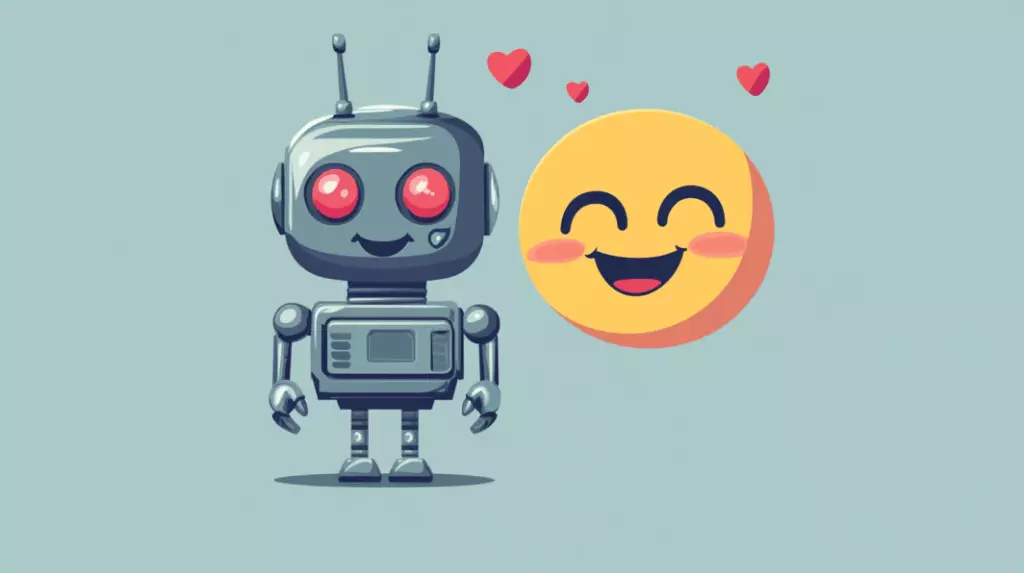In a groundbreaking move towards democratizing robotics technology, Hugging Face has released a detailed tutorial that enables developers to build and train their own AI-powered robots. This tutorial, which complements the company’s LeRobot platform, represents a significant shift towards bringing artificial intelligence into the physical world. Traditionally, the field of robotics has been dominated by large corporations and research institutions with substantial resources. However, Hugging Face’s initiative aims to empower developers of all skill levels to experiment with cutting-edge robotics technology by providing a comprehensive guide that covers sourcing parts and deploying AI models.
Unlocking the Power of End-to-End Learning
Remi Cadene, a principal research scientist at Hugging Face and a key contributor to the project, describes the tutorial as a means to “unlock the power of end-to-end learning—like LLMs for text, but designed for robotics.” By highlighting the potential for developers to train neural networks that predict motor movements directly from camera images, Cadene emphasizes the tutorial’s focus on practical, real-world applications of AI in robotics. Central to the tutorial is the Koch v1.1, an affordable robotic arm designed by Jess Moss, which streamlines the assembly process and enhances capabilities.
Emphasizing Community Collaboration and Innovation
One of the most innovative aspects of the tutorial is its emphasis on data sharing and community collaboration. Hugging Face provides tools for visualizing and sharing datasets, encouraging users to contribute to a growing repository of robotic movement data. This collaborative approach not only accelerates advancements in AI-driven robotics but also fosters a sense of community among developers. Looking ahead, Cadene hints at a more accessible robot in development, Moss v1, which promises to further democratize access to robotics technology by reducing costs and eliminating the need for 3D printing.
As industries turn to automation to solve complex problems, the integration of AI with physical systems represents the next frontier of technological innovation. The ability to train robots to perform tasks autonomously based on visual inputs holds profound implications for various sectors, such as manufacturing and healthcare. However, the democratization of robotics technology raises important questions about the future of work, privacy, and ethical considerations related to widespread automation. Hugging Face’s open-source approach ensures that these technologies are accessible to a broader audience, potentially leading to diverse applications and innovations.
Hugging Face’s new tutorial serves as a roadmap for the future of AI and robotics, highlighting the accessibility and collaborative nature of AI-driven robotics technology. By lowering barriers to entry and fostering a community of developers, entrepreneurs, and technical decision-makers, Hugging Face is paving the way for a future where robotics technology is more accessible than ever before. As this technology evolves, it has the potential to reshape industries, create new opportunities, and redefine the way we interact with machines in our daily lives. The true impact of this initiative will unfold in the months and years to come, but one thing is clear: Hugging Face has taken a significant step towards democratizing the future of robotics and AI.


Leave a Reply